High-Quality Steel Columns for Stable Buildings
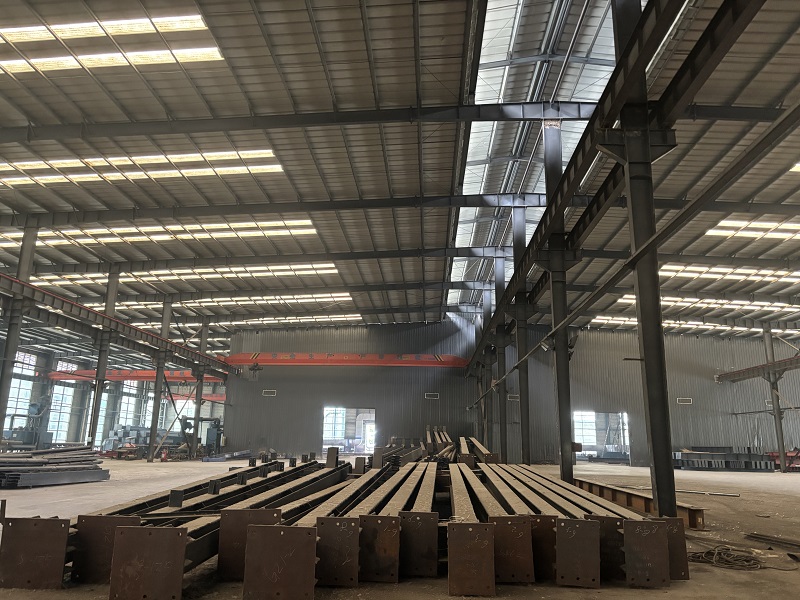
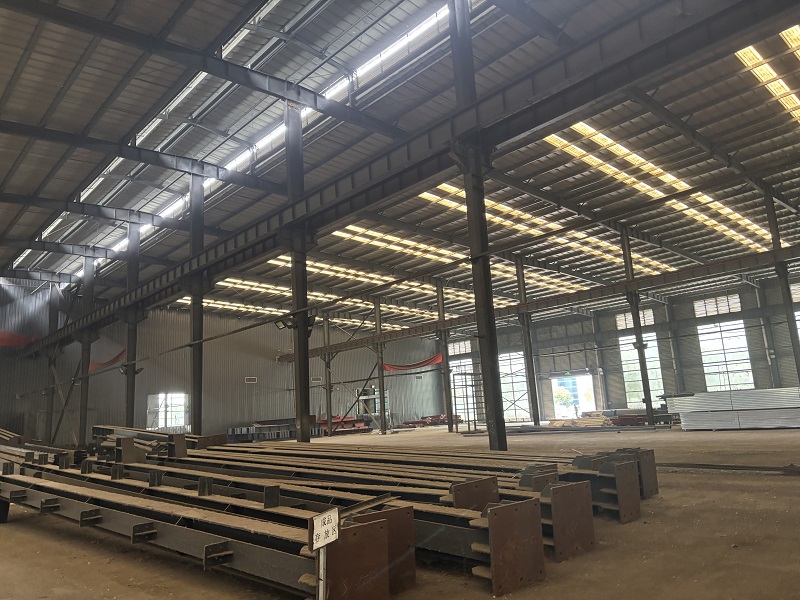

| Product name: | High-Quality Steel Columns for Stable Buildings |
| Keywords: | High-Quality Steel Columns for Stable Buildings |
| Industry: | Construction and building materials - Construction industry |
| Process: | Sheet metal - Structural parts |
| Material: | Carbon steel |
Processing manufacturer
- There are 36 manufacturers that provide similar products
- There are 129 manufacturers that provide this processing technology
- There are 67 manufacturers that provide this material processing service
- There are 163 manufacturers that provide this industry processing service
Product details
In the grand blueprint of modern architecture, steel columns serve as the skeleton of high-rise buildings, bearing the responsibility of safety and stability. High-quality steel columns, with their superior performance and reliable quality, not only provide solid support for buildings but also create long-term value for customers, making them an ideal choice for building stable structures.
The core of high-quality steel columns lies in their carefully selected materials and advanced manufacturing processes. High-strength steel, such as Q390 or Q460, possesses excellent tensile strength and toughness, capable of easily withstanding extreme loads such as earthquakes and strong winds, ensuring the stability of buildings in complex environments. Modern production technologies further enhance the quality of steel columns, such as precision rolling and automated welding processes, ensuring that each steel column is dimensionally accurate and the welds are flawless. This high-standard manufacturing process not only enhances the durability of the steel columns but also provides a solid guarantee for the overall safety of the building.
Scientific design is the key to the stability of high-quality steel columns. Through advanced structural analysis tools, engineers can accurately simulate the stress performance of steel columns under various operating conditions, optimizing cross-sectional shapes and connection nodes. A reasonable steel column design can effectively disperse stress, preventing localized deformation or fatigue failure. For example, the use of reinforced H-shaped steel columns or box-shaped steel columns can significantly improve torsional resistance, ensuring that the building remains stable during long-term use. Scientific node design, such as high-strength bolts or hybrid connections, further strengthens the collaborative work of steel columns with beams and slabs, providing seamless structural support for the overall building.
High-quality steel columns also offer significant advantages during construction. Factory-prefabricated, high-precision steel columns simplify and expedite the installation process, reducing on-site adjustment time and costs. Standardized component design and rigorous quality inspections ensure optimal verticality and connection reliability after installation. This efficient construction method not only shortens the construction period but also reduces the risk of accidents, saving valuable resources for customers.
In addition, the adaptability of high-quality steel columns makes them perform exceptionally well in various environments. For salt spray corrosion in coastal areas, steel columns can be hot-dip galvanized or coated with special anti-corrosion coatings to extend their service life; in cold climates, low-temperature toughness testing ensures that steel columns remain stable even in extremely cold conditions. These characteristics enable high-quality steel columns to meet diverse building needs, providing customers with flexible and reliable solutions.
Choosing high-quality steel columns means choosing the stability and future of your building. Whether you are a developer pursuing iconic buildings or an owner focusing on safety and durability, high-quality steel columns will be the cornerstone of your projects success, helping to create architectural masterpieces that stand the test of time.
Similar products
More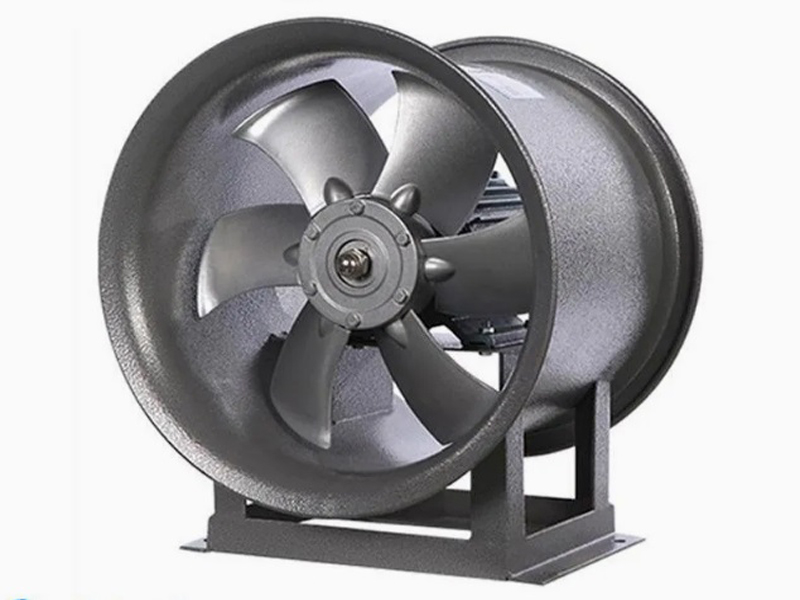
What are the machining processes used for processing axial fan housings
- Process : Sheet metal - Welding
- Material : Carbon steel

Precision Machining of U-Steel Profiles for Building Applications
- Process : Stamping - General stamping
- Material : Aluminum
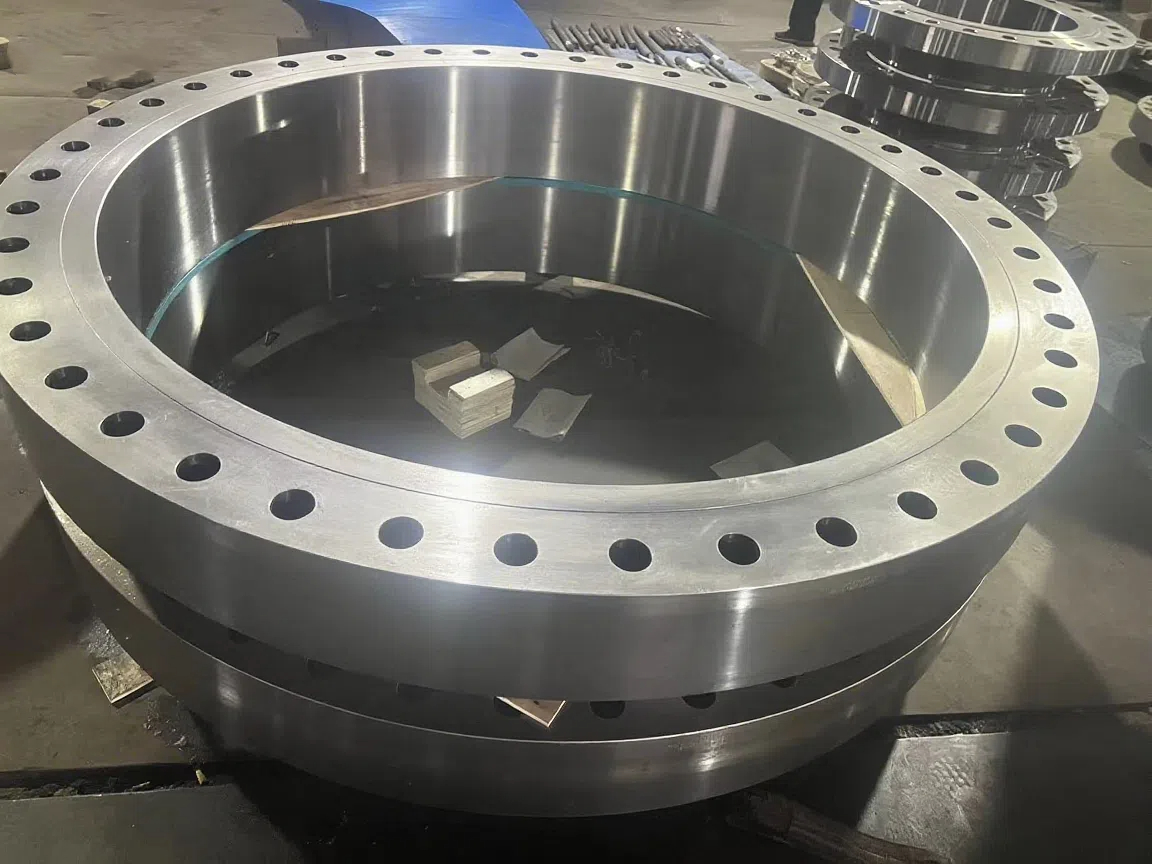
Heavy-Walled Flange Milling-Turning Machining and Flaw Detection
- Process : Machining - Turning Milling compound
- Material : Alloy steel

Machining Process Analysis of Carbon Steel Fixed Anchor Plates
- Process : Machining - CNC milling or milling machining
- Material : Carbon steel
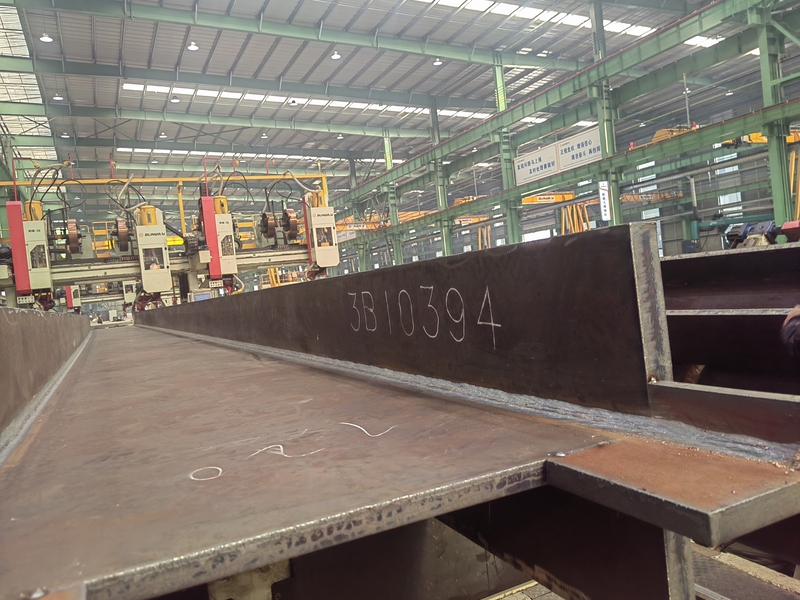
Custom Fabrication of S355JR Welded H-Beams for Construction Projects
- Process : Sheet metal - Welding
- Material : Carbon steel

Drill Stabilizers Applied in Oil Drilling Platforms
- Process : Machining - Five-axis machining
- Material : Alloy steel
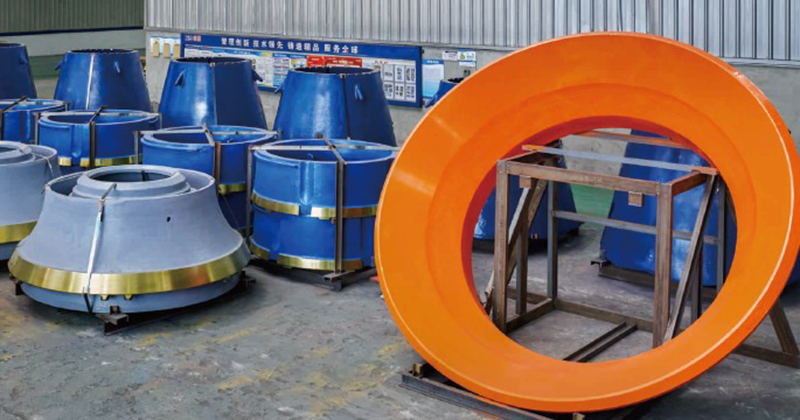
Cone Crusher Mantle
- Process : -
- Material :
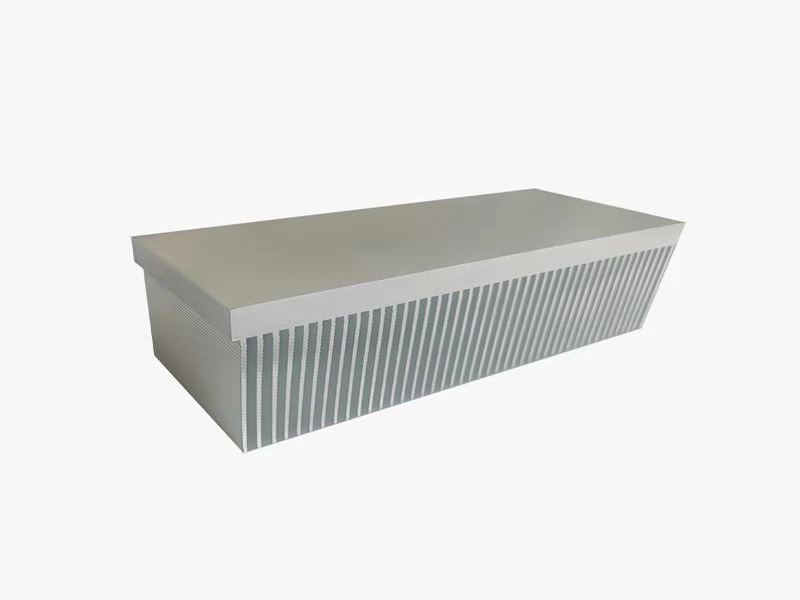
Innovative skiving technology: Breaking through the bottleneck of high-density heat dissipation technology
- Process : Surface treatment - Others
- Material : Alloy steel
More products
More
What are the machining processes used for processing axial fan housings
- Process : Sheet metal - Welding
- Material : Carbon steel

Precision Machining of U-Steel Profiles for Building Applications
- Process : Stamping - General stamping
- Material : Aluminum

Heavy-Walled Flange Milling-Turning Machining and Flaw Detection
- Process : Machining - Turning Milling compound
- Material : Alloy steel

Machining Process Analysis of Carbon Steel Fixed Anchor Plates
- Process : Machining - CNC milling or milling machining
- Material : Carbon steel

Custom Fabrication of S355JR Welded H-Beams for Construction Projects
- Process : Sheet metal - Welding
- Material : Carbon steel

Drill Stabilizers Applied in Oil Drilling Platforms
- Process : Machining - Five-axis machining
- Material : Alloy steel

Cone Crusher Mantle
- Process : -
- Material :

Innovative skiving technology: Breaking through the bottleneck of high-density heat dissipation technology
- Process : Surface treatment - Others
- Material : Alloy steel